Column
Filter by Process Zone:
Changing Business Models with the Internet of Things

How does your company create and deliver value? Guest columnist Jonathan Wilkins of industrial automation and controls equipment supplier EU Automation explains how technology is changing the way manufacturers provide customers with the reliability, efficiency and accurate cost prediction they need.
Making the Switch from Negative to Positive Tool Offsets

This simple switch makes life much easier because it introduces more standardization to the shop floor, reduces the burden on operators, increases setup speed and dramatically reduces the chances of human error. All of which saves time and realizes return on investment – and each additional machine helps increase the rate of return.
Metal Stamping Industry Projections for 2019
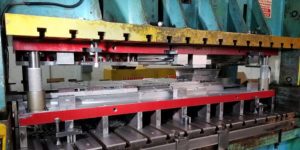
The metal stamping business is still strong, the labor pool is depleted, pressrooms are busier today than yesterday, and growth should continue in the year ahead. But be prepared for the unexpected and the transition into the new economy of metalworking.
Well Handled Operations: An Easy Path to Profitability

Shops are revisiting the use of material handling robots or human-collaborative robot (cobot) utilization for fulfilling diverse tasks with efficiency and accuracy – two things that are sometimes hard to find in human workers because of the growing skills gap.
Reduce Wire Feed Troubleshooting with Suitcase Wire Feeder Technology
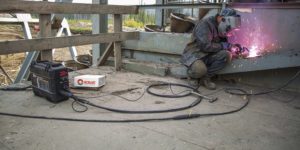
You need to minimize birdnesting, erratic wire feed speed and other problems that are causing unplanned downtime and costing you money. So what technologies should you look for when you choose a durable suitcase wire feeder for the jobsite?
How to Upgrade Equipment Without Breaking the Bank
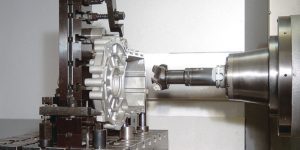
Most companies and banks don’t even consider the possibility of using the equity in existing equipment as collateral to obtain new machines and technology. This can have the effect of reducing overall debt service, potentially reducing monthly payments, and improving cash flow – a win-win all around. Here’s how it works.
Crack the Prospect Code and Win More Sales

To turn more prospects into customers, learn how to crack the prospect code: Get them to buy you before trying to get them to buy what you’re selling.
The Silver Lining of Lease Accounting: What to Know About the New Standard
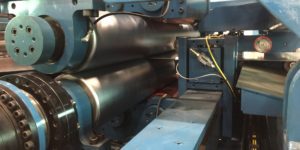
Leasing and finance are the most common payment method used by businesses to acquire equipment and software. Here are some newly enacted benefits that shops will realize through new changes in accounting and tax laws.
How to Increase Uptime in Press Shops
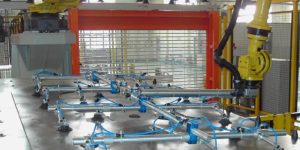
Here are some of the ways that next generation lightweight tooling systems and new tooling components are optimizing stamping process safety, speed, uptime, cost and standardization, creating more efficient and reliable operations to satisfy stringent production demands.
Five Frequently Asked Questions on How to Improve MIG Welding
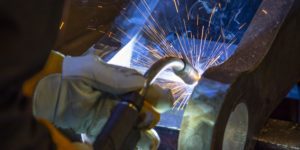
Use these answers to refresh and refine your skills and take your MIG welding operation to the next level.
Sheet Metal Marking Review
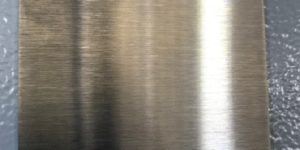
Demands are growing for sheet metal fabricators to mark their parts during production for product traceability in the field and better efficiencies in the shop, but many part identification systems can add an unnecessary secondary process. Whenever possible, consider finding ways to incorporate part marking into a manufacturing step that is already required. Here are some ways to use the equipment that you already have.
Six Factors in Selecting Hydraulic or Shrink-Fit Holders

Shrink-fit and hydraulic holders are both useful in low clearance, tight work envelopes found in moldmaking and multi-axis machining applications. When deciding which one to use, their differences will guide your choice. Here are some of the fundamental contrasts to help you decide which holder type is best for your work.















